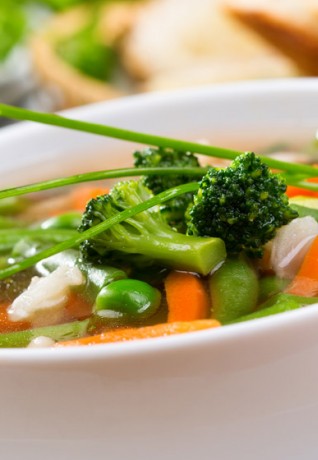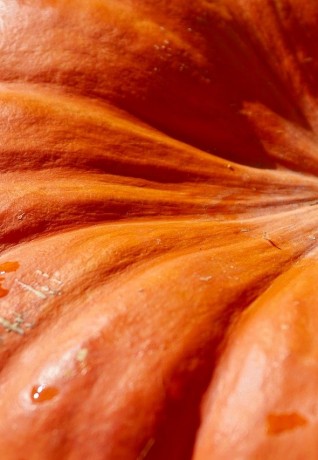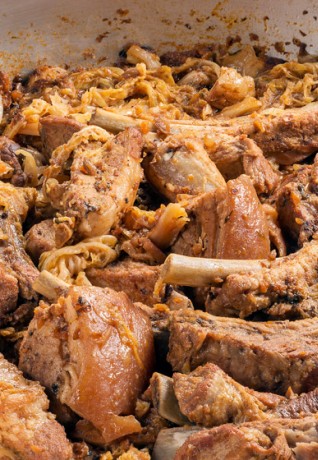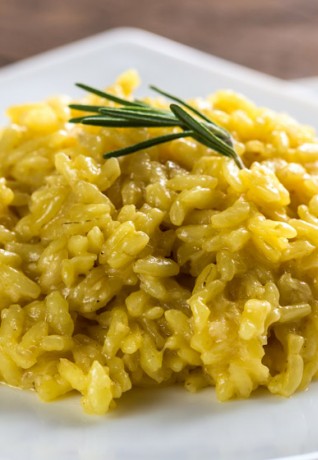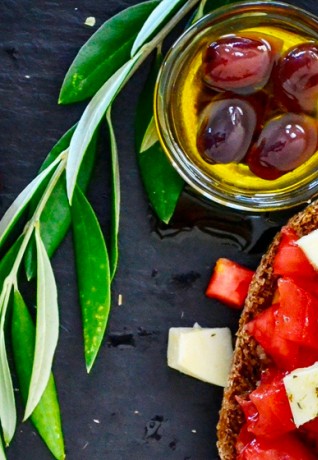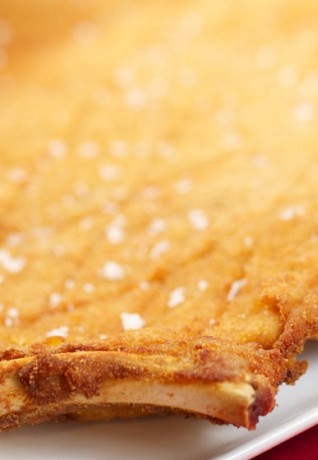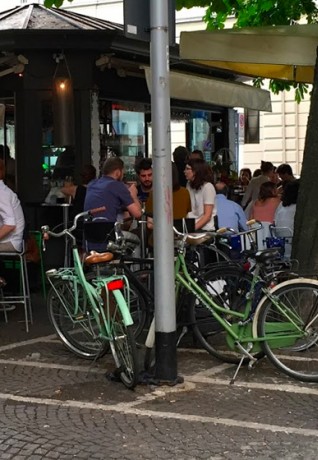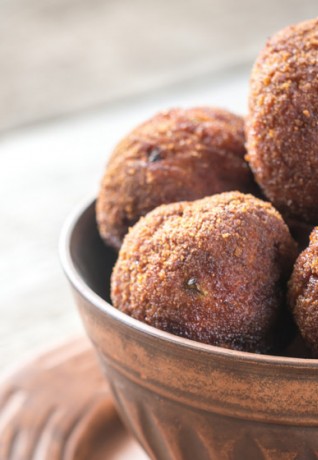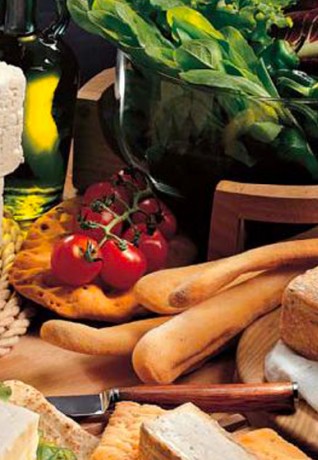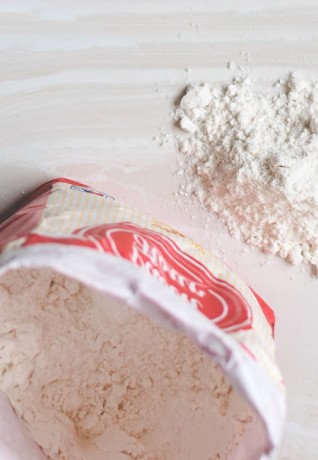Panettone, the Christmas cake
Taste the traditional dishes of Milano
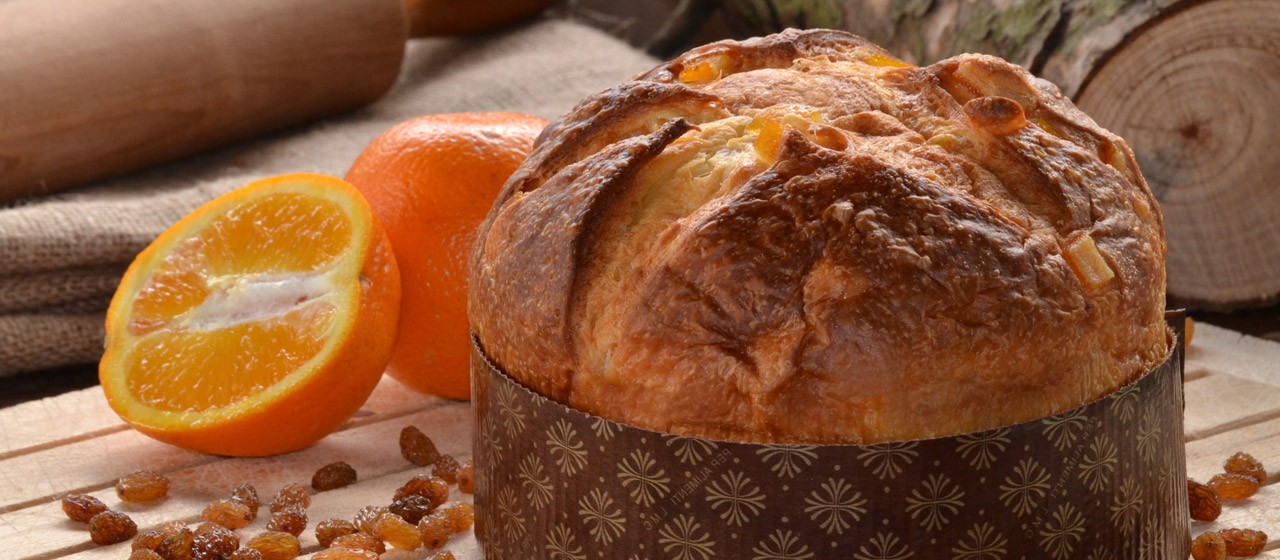
Thirty centimetres high and typically dome-shaped, Panettone, the quintessential Milanese cake, has ruled the Christmas table from the 15th century onwards because of its softness and delicacy. In the past, it was a Milanese well-kept secret, while it can now be found all over the world. Garnished with raisins or candied fruits, panettone is today one of the most appreciated Christmas cakes internationally.
Its simple dough is made from yeast, butter, eggs and flour and this cake will be a pleasant surprise for anyone with a sweet tooth. It is delicious with coffee, sweet wine or spumante, custard, chocolate or zabaione.
There are many legends about the origins of panettone. One traces the origin of the name to pan di Toni (Toni’s bread). It is said that a boy who worked in the kitchen of Ludovico il Moro - Duke of Milano at that time - invented a sweet bread with butter, candied fruit and leftover dough to make up for a dessert that had been burnt on Christmas Eve.
A more likely version is that this “Christmas bread” was brought to the table at the end of Christmas dinners and was thought to be auspicious and healing. Its size led it to be called pan grande or “large bread” and finally it became known by its current name of panettone (also “large bread”).
It is customary to eat leftover panettone on the 3rd of February, on Saint Blaise’s feast. According to legend, Saint Blaise saved a young man who was choking on a fishbone and hence became the protector of throats.
Ingredients for a panettone of 3 kilos or three of one
- 1.350 g white flour
- 450 g butter
- 350 g caster sugar
- A few spoons of milk
- 200 g sultanas
- 250 g baker’s dough
- 50 g candied orange and citron
- 12 yolks
- 3 whole eggs
- 15 g salt
Cover the bread dough with a floured tea towel and leave it to rest in a warm dry place for about 2 hours. Knead the bread dough working in 150 g of flour with a little lukewarm water to form a soft well-blended dough. Shape into a ball, cover it and allow for 3 hours’ rest.
When the 3 hours are up, put 200 g of flour on the rolling board and place the risen dough at its centre.
Soften and break up the risen dough with a few spoonfuls of milk and mix it with the flour, kneading well. Knead thoroughly and shape into a ball, to be left to rise for 2 hours.
Cut the candied citron and orange peel into small cubes, soften the sultanas in warm water for a quarter of an hour and dry well.
Separately, melt 300 g of butter without letting it fry. In another pot, dissolve the sugar in hot water to make a syrup, add the egg yolks and the whites, allow to heat in a double boiler until the mixture is warm.
Pour a kg of flour on the rolling board, add a little salt, mix with the flour and make a well.
Take the risen ball of dough and put it in the centre. Prepare a syrup with the sugar, double the quantity of water and cool to lukewarm. Beat the egg yolks with the whites and sprinkle the warm syrup, mixing well.
Mix in a Kg of flour and the salt, then take the risen dough and work it in well. Work in 300 g of soft butter, cut into cubes.
Knead for a good twenty minutes, mixing in all the ingredients to give a smooth, elastic and firm dough. At the end, add the currants and candied peel.
Given the size of most domestic ovens, the dough may be divided into two or three loaves. Grease your hands with butter and round off the loaves, placing them on a greased sheet of paper and then on a wooden chopping board. Leave them to rise for about 6 hours in a warm, dry, draught-free place.
Put then into the oven at 200-220°C. After 5 minutes of cooking time, pour the remaining butter over the cross on the top of each panettone, and as the cakes cook, take care to turn down the oven to 180°C so that they do not burn.

 Log in
Log in


